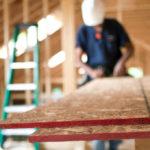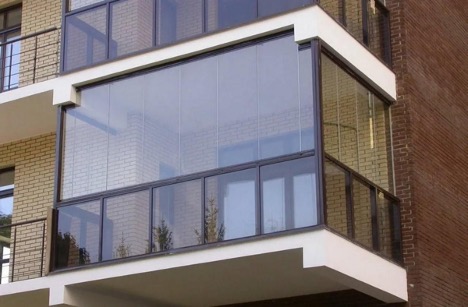Which side to glue fiberglass to the ceiling for painting: tips
The methods for gluing fiberglass are reminiscent of working with wallpaper. In this case, the walls must first be prepared, after which the material must be cut and the adhesive mixture must be diluted. A detailed description of each step with a photo, as well as safety rules, are described in the presented material.
The content of the article
Fiberglass and its advantages
Fiberglass is a non-woven fabric that is additionally treated with fiberglass. This results in an environmentally friendly material that has many objective advantages:
- durability (lasts up to 30 years);
- great strength;
- does not emit harmful substances into the air;
- moisture resistant;
- does not rot;
- not flammable
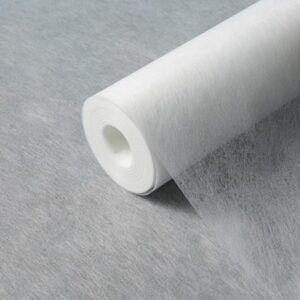
However, compared to conventional wallpaper, fiberglass is more expensive. But if you calculate the savings from its durability, the benefits are quite obvious. In addition, it is worth keeping in mind that when cutting, small solid particles may fly off the material, which can be accidentally inhaled. Therefore, processing must be carried out in a respirator and gloves. For additional safety, you can use glasses.
Materials, tools and preparatory work
When figuring out how to properly glue fiberglass, you first need to prepare materials and tools:
- pencil;
- construction tape;
- sharp scissors;
- bucket for diluting adhesive composition;
- brush or roller;
- rag, rags;
- rubber spatula for wallpaper;
- respirator;
- gloves.
You will also need the actual fiberglass and glue. You can choose a special composition. But regular wallpaper glue will also work. In any case, the product should contain only PVA with water. Sometimes putty is also used for these purposes. But if you stick fiberglass onto the ceiling for painting, “cobwebs” may appear, and then the surface will look less attractive.
Now it remains to understand how to glue fiberglass to the ceiling. But first of all, it is necessary to carry out preparatory work:
- Remove construction debris and furniture - they will interfere with processing.
- Remove old coating from drywall (if present).
- Process each joint using a serpyanka.
- Level the surface using putty and sandpaper. This is a particularly important step if the drywall sheets were installed without a frame.
- Apply primer to the ceiling and walls. It is better to use a deep penetration composition - then the fiberglass will lie very tightly on the surface and will not be deformed.
Step-by-step instruction
After completing the preparation, you need to find out which side to glue the fiberglass and how to do it correctly. The step-by-step instructions are as follows:
- While the primer dries (this takes from 4 to 8 hours), you can prepare the material. They take measurements, put marks on the plane - it’s most convenient on chipboard, as shown in the photo.
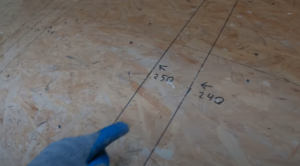
- In order for the gluing of fiberglass to the ceiling or walls to be successful, the material is laid on a surface with markings that can be seen through translucency. Cut with sharp scissors or a knife.
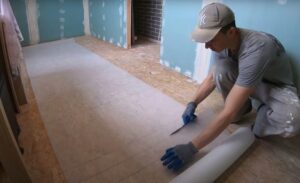
- Dilute the glue according to the instructions. You can use a construction mixer or a drill with an appropriate attachment. But if there are no tools, you can mix it manually.

- Place marks on the walls indicating the width of the fiberglass.
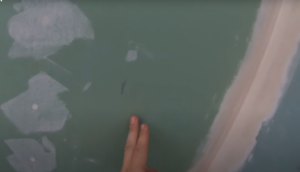
- Apply glue with a roller over the entire surface (you can use a brush in the corners).
- Glue the sheet and smooth it with a rubber wallpaper spatula. Moreover, you need to move from the middle to the edges. It should be taken into account that the sheets are glued to the surface only with the wrong side, that is, the one that feels more fleecy to the touch.
- Glue the remaining sheets in the same way.
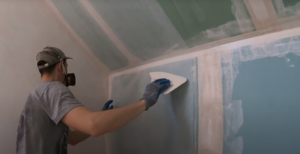
In order for the wallpaper to last as long as possible, it is advisable to paint it after gluing and completely drying. In the future, it should be taken into account that fiberglass can be washed, but only with conventional means, without “aggressive” chemicals. It is also important to ensure that you do not scratch the canvas with sharp objects.



